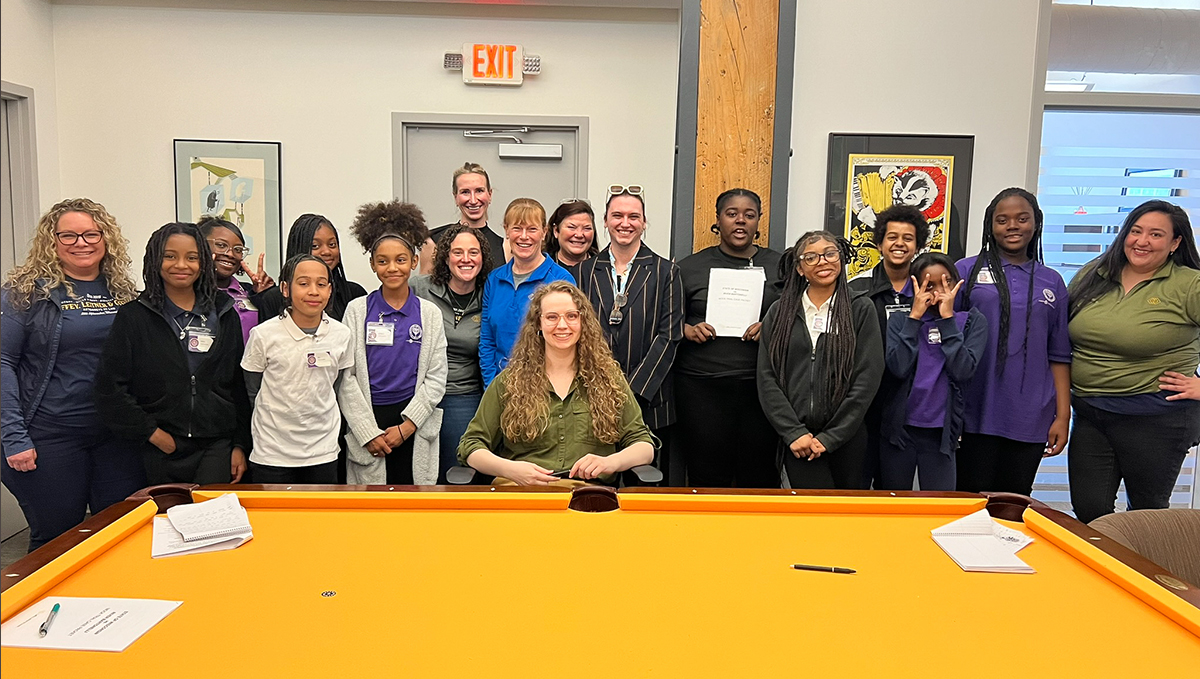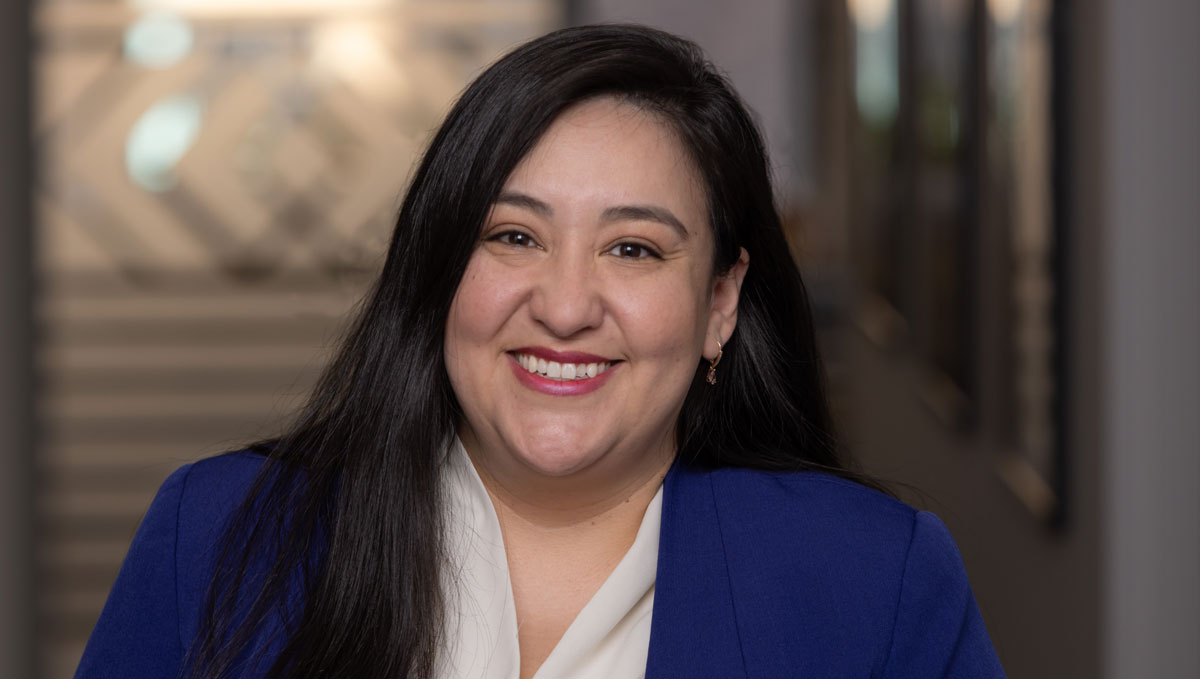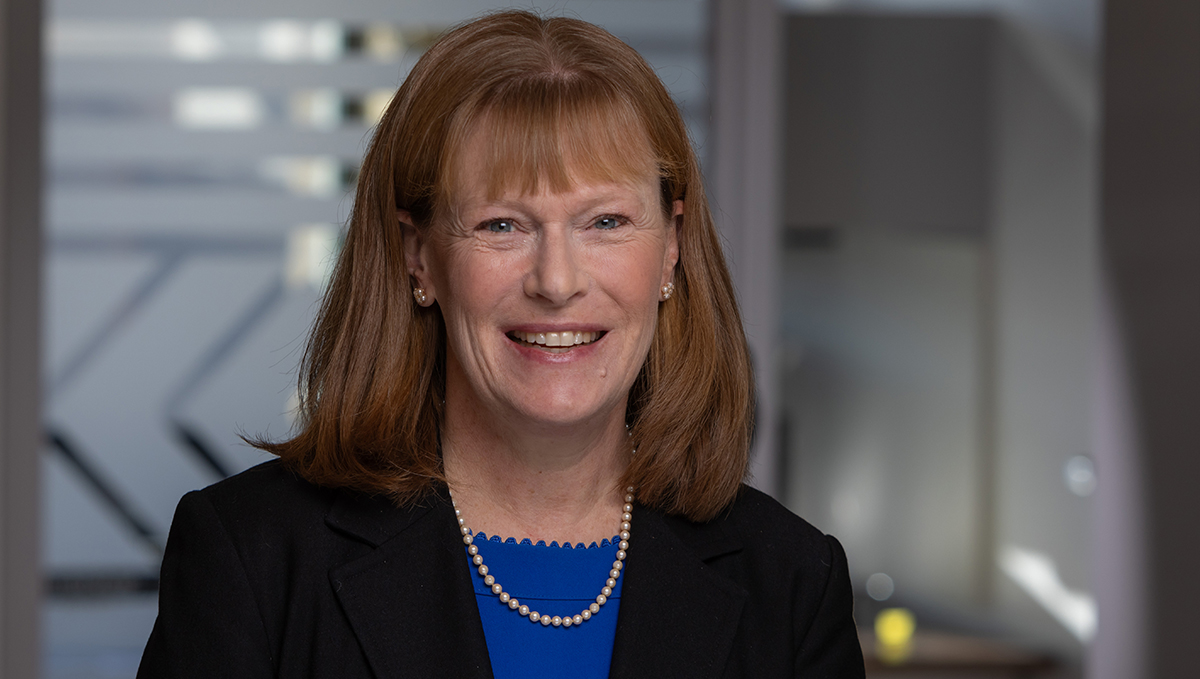Despite the increased emphasis on diversity and inclusion within the legal field over the past decade or so, the legal profession remains one of the least diverse of any profession. According to the ABA’s National Lawyer Population Survey, women made up just 30% of the legal profession in 2007. As of 2017, the percentage of women in the legal profession rose slightly to 35%. This is progress, but there remains more to do. For example, in terms of private practice, while women make up roughly 48% of summer associates and 45% of associates, they make up only 20% of partners and just 18% of equity partners.
In terms of racial and ethnic diversity in the legal field, the numbers paint an even bleaker picture. For instance, according to the ABA’s National Lawyer Population Survey, 4% of active attorneys identified as Black or African-American in 2007 and 4% identified as Hispanic or Latino. By 2017 those numbers rose only slightly to 5% each. Yet, data collected by the U.S. Census Bureau indicates that as of 2016, Black or African-American individuals made up 13.3% of the total U.S. population and Hispanic or Latino individuals made up 17.8% of the total U.S. population. The percentage of active attorneys identifying as Asian remained steady at 2%, and those who identified as Native American remained around 1%. These numbers sometimes vary slightly across reporting agencies, but the fact that these minority populations are woefully underrepresented in the legal profession is obvious no matter where you look.
Progress has been made. Many firms are implementing the Mansfield Rule, which requires 30% of a firm’s leadership candidates to be minorities and women. The ABA adopted Resolution 113, which “urges all providers of legal services, including law firms and corporations, to expand and create opportunities at all levels of responsibility for diverse attorneys.” These are good first steps, but it is important to remember that they are just that – first steps. We cannot allow ourselves to be lulled into a sense of complacency. We must continue to move forward toward our collective goal of achieving true diversity and inclusion within the legal profession. As with most goals, there is no single “right” way to achieve it, but I think that to be successful the strategy needs to be multi-faceted and multi-dimensional and needs to be shaped in large part by the voices of minority populations.
What does it mean to be truly diverse and inclusive and how do we get the legal profession there? While I don’t have all the answers, I do know that true diversity and inclusion in the legal profession requires more than just checking off the requisite boxes on a checklist or survey. It requires more than talk. In addition to measures meant to increase the numbers of minority populations in law schools, law firms and professional associations, it is also important to implement educational programs that provide members of the legal profession with greater awareness of issues like bias (both explicit and implicit) in the work place and strategies to eliminate it. Some states, such as Minnesota, require lawyers to complete CLE programs that address these issues, which is something I think all states should incorporate into their CLE program requirements.
Get involved with your surrounding communities. Volunteer at a legal clinic. Become a Big Brother or Big Sister. Get outside of yourself and the insular legal community. Actively engage with the world around you. It is difficult, if not impossible, to adequately address issues such as bias and discrimination (overt and covert) without both an understanding of where and how these disparities came to be and the appropriate tools to effectively address them.
The legal field is full of bright minds and well-intentioned individuals. I’m confident that if we continue to work together, we can answer these questions and eventually accomplish our goal. There has been much conversation about the topic of diversity and inclusion within the profession. It remains a topic ripe for brainstorming and conversation, and, importantly, for calculated and targeted action.
[/et_pb_text][/et_pb_column][/et_pb_row][/et_pb_section]


